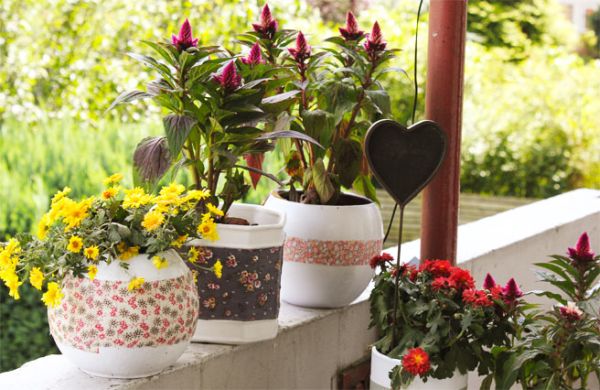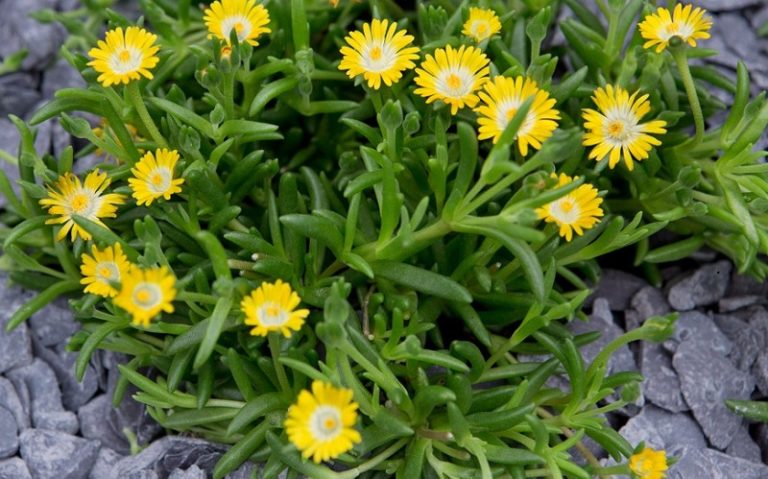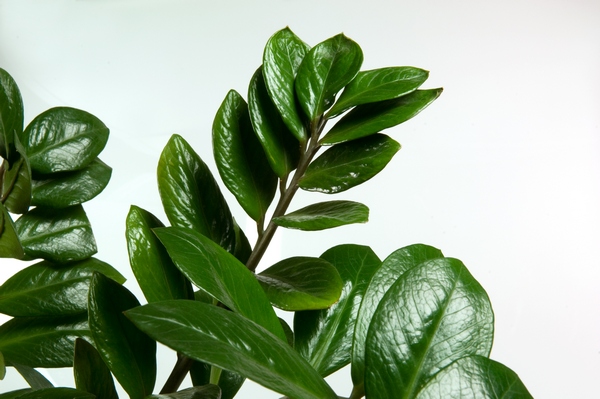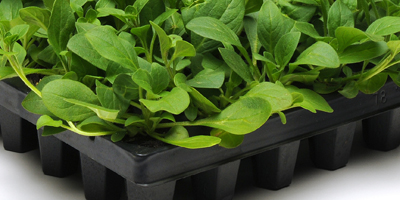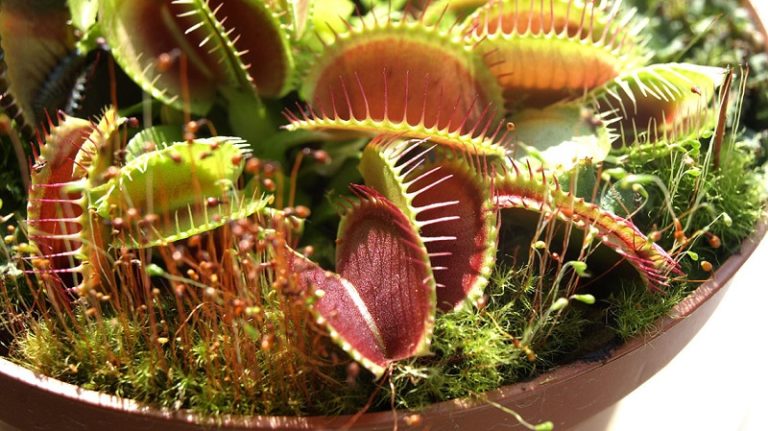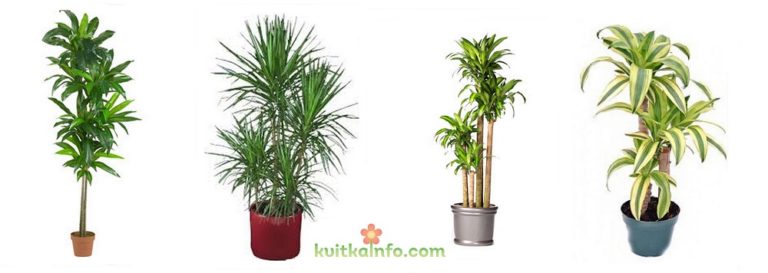Caring for indoor plants
All indoor plants are open ground plants from different countries of the world, which bloomed and developed, multiplied in their ideal natural climatic conditions.
In order to admire the beauty of their flowers, you need to know if they love the sun, moisture, what kind of soil they need.
That is, the care of indoor plants should be as close as possible to the conditions in which they lived before, only in this case the plants will delight you with he althy foliage and magnificent flowering.
Plants in nature fully satisfy their needs with the help of natural resources. Those plants that have been torn from the wild and transplanted into pots are completely and always dependent on human care. Of course, many hybrids have appeared, more adapted to room conditions.
Secrets of caring for indoor plants
The secret to success in caring for indoor plants is to create ideal environmental conditions similar to their natural one. Each plant requires an individual approach: land, water, light, air humidity, nutrients.
What light is needed when caring for indoor plants
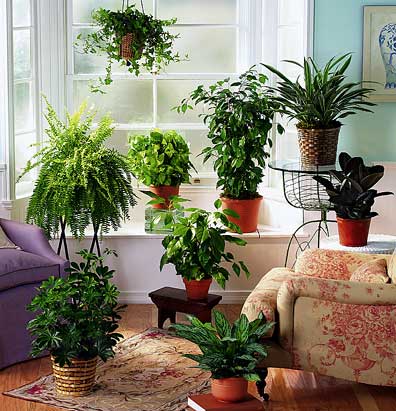
How to find the perfect location for your plant? What is a sunny place is a place where the sun shines for several hours, the South or Southwest side of the house. Partial shading is where the morning or evening sun shines into the room for several hours. Shaded is a place about two meters from the sunny side, which does not receive the sun’s rays at all (corridors, stairs, corners of rooms).
Як дізнатись чи рослина стоїть на своєму місці?
- Ознаки недостатнього сонячного світла:
- elongation of shoots towards light(thin and long)
- new leaves grow smaller than the previous ones
- the lower leaves turn yellow and fall off
- the plant does not grow, or growth has stopped
- flowering ones do not bloom, or bloom poorly
- the colors on the leaves disappear
- Ознаки надлишку сонячного світла:
- burnt spots on leaves
- leaves look faded
- leaves become dry and fall off
- The earth dries up quickly

When there is not enough sunlight, it can be replaced with artificial light. Such light can complement natural daylight or even replace it during the long, cloudy winter months. For example, white carries all the colors of the rainbow. Plants need cool light, blue and purple shades of the spectrum for leaves, warm red and orange for flowering. But the plant does not need green and yellow light.
Fluorescent lamps are effective because they provide the type of illumination (blue and red parts of the spectrum) that the plant needs for photosynthesis.
Which plants are best for artificial light? Many flowering houseplants come to mind because they need bright light to bloom: begonia, bromeliad, African violet, orchid, cyclamen, among others. Nevertheless, many deciduous plants can also look good and beautiful in artificial lighting.
The time of artificial lighting depends on the type of plant. Plant leaves need about 14-16 hours of light per day. Flowering plants need 12-16 hours of light per day. Darkness is also important for plant growth – 8 hours in complete darkness . Try to have the light at the same time every day.
Soil for indoor plants
Як вибрати грунт для рослини? На теперішній час це не являється великою проблемою, адже можна купити у садових центрах, квіткових магазинах різні упаковки сумішей для кімнатних рослин. Вибирати грунт потрібно по типу рослини: для квітучих, для зелених, орхідей, азалій, кактусів та інші. Вони всі відрізняються по структурі, кислотності, поживності. Звичайно можна використовувати і землю з городу, але її необхідно простерилізувати(у гарячій духовці протягом 40 хв або заморозити на 10 год. ) і додати у пропорціях: на 2 л землі + 2/3скл вермикуліту + 1скл перліту + 1скл сфагнуму + 0,5 скл подрібненого дерев’яного вугілля.
Vermiculite – increases the acidity of the soil, provides air exchange and oxygen penetration to the roots.
Perlite is an almost neutral material. Rock of volcanic origin. It is added to the soil up to 30% , making the mixture lighter, breathable, loose, which prevents soil compaction. Thanks to these properties, the plant develops its root system well and air exchange is not disturbed.
When used together, vermiculite and perlite compensate for each other’s shortcomings. Be sure to rinse with hot water before use.
Sphagnum (dried moss) – has antibacterial and disinfectant and antifungal properties, thanks to the anti-putrefaction substance makes the soil lighter and more breathable.
Crushed charcoal is a good antiseptic, it prevents rotting and acidification of the soil, as well as absorbs salts and improves soil structure. The use of charcoal reduces the risk of bacterial diseases of the root system of the plant.
As part of the soil, you can also use some components more or less, do not use something or replace it with similar ones (coconut, needles, bark, sand), the main thing is that the substrate is breathable, moisture-consuming and loose.
Vermiculite, perlite and drainage can be purchased at professional seed stores, sphagnum in flower shops, charcoal at gas stations, or made by yourself.
Caring for indoor plants – how to water
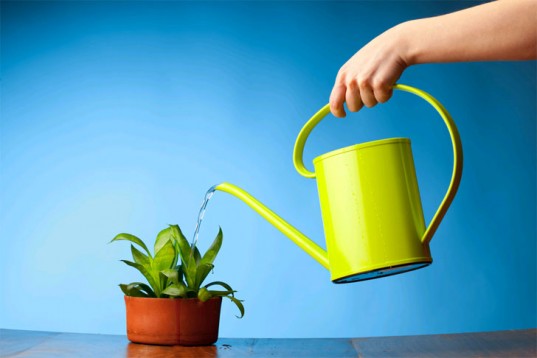
Watering indoor plants, at first glance, is simple, but improper watering can destroy them. Our tips will help keep your plants healthy.
So how much should you water a houseplant? The answer depends on the type of plant and its native environment, on the soil, temperature, growth or dormant period, light and humidity in the house or apartment. It also depends on the size and number of leaves, on the size of the pot.
How do you know when a plant needs watering? There are several proven ways: if the surface of the earth in the flowerpot resembles dust, the color of the earth is grayish, the weight of the flowerpot is much lighter, you need to water. It is better to use settled or boiled or filtered water (soft). When watering, make sure that the plant is thoroughly watered and that excess water has leaked out of the drainage hole(if the soil is excessively wet, oxygen does not get to the roots, this suffocates the roots, which leads to rotting),if the water has leaked out very quickly, leave it in a plate for 30 minutes and pour out the remainder. Let dry for a few days and water again.
Air humidity when caring for indoor plants
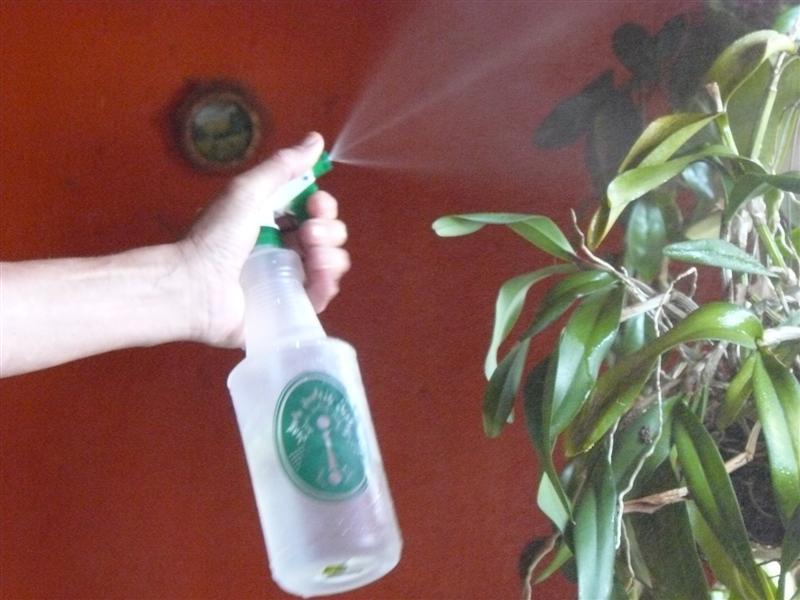
How to increase humidity for indoor plants? Many indoor plants prefer higher humidity than the one in the house, especially in winter. Tropical plants do best at a relative humidity of about 50-60% – much higher than in many homes.
- Способи підвищення вологості:
- Humidifier. Good for humidifying one room. Place the humidifier close enough to your plants
- Spraying only works well when you spray the flowerpot several times a day, because the moisture evaporates quickly
- Place the container on a tray filled with pebbles. The container should be filled with enough water so that the top half of the pebbles and the pot itself remain dry. The water will evaporate, increasing the humidity in the air around the leaves of the plant
- Grouping plants
- Ось деякі ознаки надмірної вологості:
- The plant withers
- leaf edges become dry
- flower buds develop poorly or wither immediately after flowering
Fertilizers for indoor plants
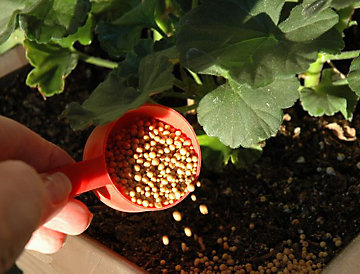
If the light gives the plants the energy they need and the fertilizers provide nutrients, the plants should grow healthy and strong.
How to choose fertilizers for a houseplant? Fertilizers also need to be chosen according to the type of plant. Read the label carefully. Generally, fertilizers make up the main nutrients: nitrogen, phosphorus and potassium.
- Вплив поживних речовин на рослину:
- Nitrogen – the leaves of the plant become lush and green, promotes growth
- Phosphorus – the roots become strong and healthy, stimulates flowering
- Potassium – makes the stems strong and helps fight diseases
Fertilizers specially designed for flowering plants contain less nitrogen and more phosphorus and potassium. You can even find fertilizers for specific plants. Most indoor plants need a balanced fertilizer.
In addition to nitrogen, phosphorus and potassium, plants need, in small quantities, other nutrients or trace elements – the so-called micronutrients. Indoor plants that have not been transplanted for a long time need fertilizer to replenish the supply of micronutrients.
Lavender comes in pink, purple, white, and even yellow.
- Розрізняють декілька видів добрив:
- Water-soluble fertilizers are the most common and easy to use. You will find them in the form of liquid, powder or crystals
- Long-acting granules are easy to use, because you just need to sprinkle them on top of the soil and they will dissolve during watering
- Fertilization with sticks – works in the same way as granules, but inserted into the soil. You need to stuff deep enough into the soil near the edge of the pot so as not to damage the roots of the plants.
- Although most of the roots are responsible for taking nutrients, the leaves can also absorb them. Top dressing is one of the fastest ways to revive a plant that has been deprived of nutrients
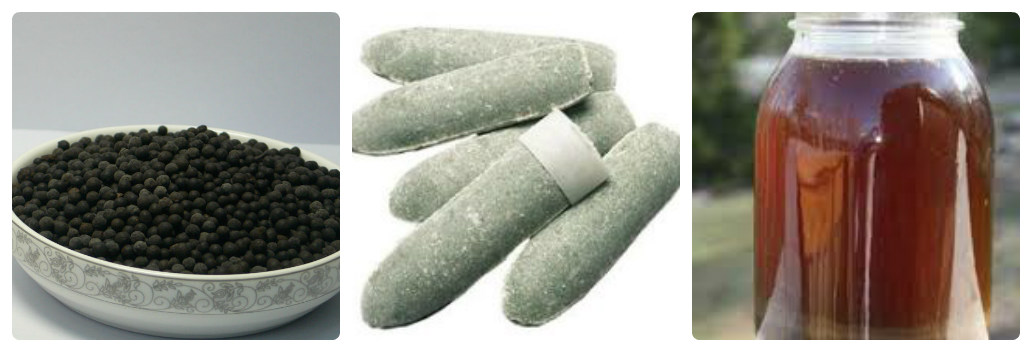
- Коли потрібно підживляти. Ось деякі підказки:
- weak growth of new leaves
- pale leaves
- fallen leaves
- weak stems
- small flowers
Too much is unhealthy. Many gardeners mistakenly believe that the more you fertilize, the better. Plants often suffer from an excessive amount of fertilizers rather than a lack of them. Excess fertilizer can burn roots and leaves. When in doubt, use less fertilizer. Fertilizers should be used once every two weeks, not more often.
- Існують також винятки з правил, коли категорично не можна підживляти рослини:
- after purchase(the plant needs a month or two to adapt to the new environment)
- Before and after transplantation
- Never feed a plant that suffers from root damage, disease, or insects
- during the dormant period

